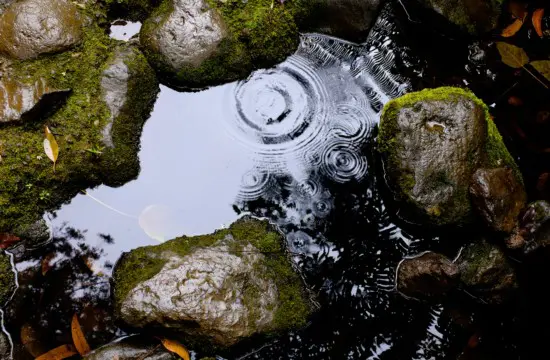For farmers across the country, issues surrounding water quality are front and center. Where action and progress are concerned, Iowans have developed a collaborative, research-based plan called the Iowa Nutrient Reduction Strategy, in part with the Iowa Department of Agriculture and Land Stewardship, Iowa State University and the Iowa Department of Natural Resources. It maps rural and urban factors that may be contributing to water quality issues, and it includes specific solutions.
The state’s cornerstone program of farm industry supporting farmers is the Iowa Agriculture Water Alliance (IAWA), a joint venture created and funded by Iowa Corn Growers Association, Iowa Soybean Association and Iowa Pork Producers Association, among others. The program seeks to identify specific, science-based actions to improve water quality statewide.
The organization has received funding for the Rock Creek watershed, which will become the world’s largest concentration of bioreactors and saturated buffers, as well as securing commitments from National Fish and Wildlife Foundation (NFWF) and the National Resources Conservation Service (NRCS) for watershed planning and outreach, increasing technical assistance for farmers, and USDA support of federal farm bill funds to integrate public and private sector tools to show the impacts of on-farm practices on water quality and profitability.
IAWA acknowledges that solving Iowa’s water quality challenge is complex and ever-changing due to factors such as land use changes, soil fertility and weather volatility. However, the program has also noted that increased public attention on water quality issues requires measurable actions. The farm community cannot operate in isolation on water quality solutions. Because, well, the Des Moines Water Works lawsuit is on everyone’s mind.
Another statewide organization supported by agricultural stakeholders striving to improve nutrient use efficiency statewide is the Iowa Nutrient Research and Education Council. The council has three core missions focused on:
- Measuring and demonstrating environmental progress
- Fostering innovation and development of new technologies
- Utilizing ag retailers and crop advisors to work with farmers to achieve environmental goals
Iowa’s water quality initiative has also worked to encourage farmer adoption of cover crops, no-till, strip-till and other conservation practices that are making measurable improvements on-farm. According to the Des Moines Register, the state has already invested more than $12 million in the last three years to improve water quality education and implementation. And it won’t stop there.
At times, it may seem there are more questions and criticisms surrounding water quality than there are answers and solutions.
So how can farmers manage nutrient runoff into waterways while also protecting their profitability? What should they do – more or less of – to make measureable improvements over the status quo?
While there is still a great deal of work to be done, state organizations and Iowa farmers are actively seeking ways to improve nutrient efficiency and lessen runoff and environmental harm. There may be no single solution that will work for all farmers across the country, or even all Iowans, the state is taking important steps together to protect their waterways.
As with most things related to farm management, there is no easy, one-size-fits-all answer. From nutrient runoff in the Mississippi Delta leading to hypoxia in the Gulf of Mexico to a harmful algae bloom in Lake Erie that infiltrated the water supply in Toledo, Ohio, water quality issues are incredibly varied and widespread, because while the issue itself is national in nature, it is specific to local and regional weather, land, soil and water challenges.
We have to begin at the beginning and start somewhere. And we can start by looking to and supporting Iowa.


